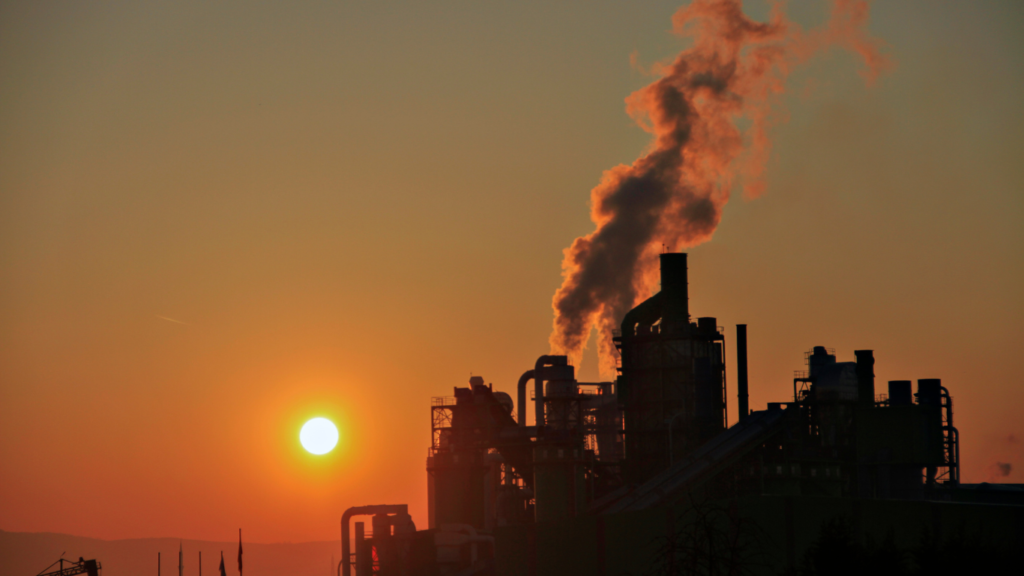Introduction
The paper industry is a vital sector contributing to global economic growth and development. However, it is also associated with significant environmental challenges, particularly in terms of water consumption and pollution. To address these concerns, innovative solutions are being implemented, such as Zero Liquid Discharge (ZLD) systems. ZLD technology aims to eliminate wastewater discharge from industrial processes by recovering and reusing water in other plant processes. This blog post explores the benefits of ZLD solutions for the paper industry, highlighting their role in driving efficiency, reducing environmental impact, and promoting sustainability.
Experience a cleaner future with our Zero Liquid Discharge solutions!
The Water Challenge in the Paper Industry
The paper manufacturing process requires substantial amounts of water, both as an ingredient and for various stages of production. Consequently, the industry generates a significant volume of wastewater containing contaminants like organic compounds, suspended solids, and chemicals. Discharging water into water bodies can severely impact aquatic ecosystems, leading to pollution and ecosystem degradation.
Experience a cleaner future with our Zero Liquid Discharge solutions!
Understanding Zero Liquid Discharge System
Zero Liquid Discharge is an advanced water treatment approach that enables industries to minimize water consumption and eliminate wastewater discharge. The ZLD system involves several stages, including pretreatment, reverse osmosis, evaporation, crystallization, and drying. By implementing this technology, paper mills can recover and recycle a substantial portion of the water from wastewater, thereby reducing their dependence on freshwater sources and minimizing the ecological burden.
How Scaleban Can Help the Paper Industry
Scale Prevention and Management: Scale formation is a common challenge in ZLD systems due to the high concentration of solid discharge. Scale deposits can reduce system efficiency, increase maintenance requirements, and lead to equipment failure. Scaleban technology helps prevent and control scale formation, ensuring the smooth operation of ZLD systems and minimizing downtime.
Improved System Efficiency: By addressing scaling issues, Scaleban technology helps maintain efficiency. When scales are minimized or prevented, heat transfer surfaces can function optimally, maximizing the recovery of water and valuable resources from wastewater.
Enhanced System Reliability: Scaleban technology enhances reliability and durability by preventing scaling-related complications. By minimizing scale formation, the risk of clogging, fouling, and corrosion in system components is significantly reduced, leading to longer equipment lifespan and reduced maintenance costs.
Cost Savings: ZLD by Scaleban technology can result in cost savings for the paper industry. By preventing scaling issues, the need for frequent cleaning, antiscalent chemical treatments, and replacement of equipments and machinery can be eliminated. This reduces operational expenses and improves the overall cost-effectiveness of ZLD solutions.
.
UN Sustainability Goals
Zero Liquid Discharge (ZLD) systems align with two United Nations Sustainable Development Goals (SDGs): Goal 7 – Affordable and Clean Energy, and Goal 14 – Life Below Water. These goals emphasize the importance of sustainable practices and the protection of our natural resources. Here’s how ZLD relates to these SDGs:
SDG 7 – Affordable and Clean Energy:
ZLD systems contribute to Goal 7 by promoting energy efficiency and reducing carbon emissions. By incorporating energy-efficient processes such as evaporation and crystallization, ZLD technologies optimize energy consumption within the treatment system. This not only helps paper mills reduce their environmental impact but also contributes to overall energy efficiency. By minimizing energy requirements, ZLD solutions help in achieving affordable and clean energy sources, aligning with the objective of Goal 7.

SDG 14 – Life Below Water:
ZLD systems play a crucial role in safeguarding aquatic ecosystems, thus supporting Goal 14. By effectively treating wastewater, Zero Liquid Discharge systems remove harmful contaminants and pollutants before they can be discharged into water bodies. This prevents water pollution, ensuring that the effluent meets or surpasses stringent regulatory standards. The implementation of ZLD helps protect the quality of water bodies, preserving marine life, and promoting the sustainable use of coastal and marine resources. By preventing water pollution and promoting responsible wastewater management, ZLD contributes to the conservation and sustainable use of life below water, in line with the objectives of SDG 14.
In summary, Zero Liquid Discharge systems directly contribute to UN Sustainable Development Goal 7 by promoting affordable and clean energy through energy-efficient processes. Moreover, these systems also support Goal 14 by preventing water pollution and preserving the health and sustainability of life below water. By implementing ZLD technologies, the paper industry can make significant strides toward achieving these sustainability goals and contribute to a more sustainable and responsible future.
Conclusion
Zero Liquid Discharge of water systems offers a sustainable and efficient approach for the paper industry to address water-related challenges. By implementing ZLD, paper mills can reduce their environmental impact, conserve water resources, and comply with stringent regulations. Additionally, the economic benefits of resource recovery and potential revenue generation further enhance the appeal of ZLD solutions. As the industry continues to prioritize sustainability and environmental stewardship, Zero Liquid Discharge systems represent a promising avenue for driving efficiency and conservation within the paper manufacturing sector. prioritize sustainability and environmental stewardship, Zero Liquid Discharge systems represent a promising avenue for driving efficiency and conservation within the paper manufacturing sector.
